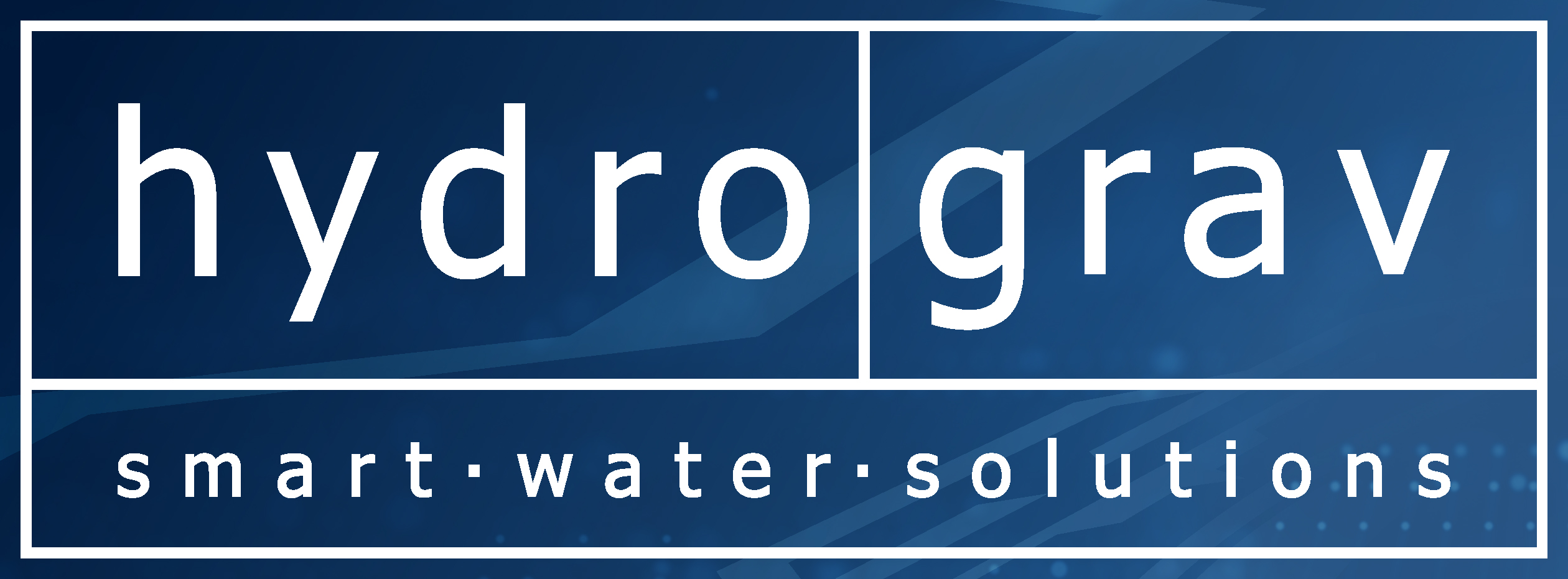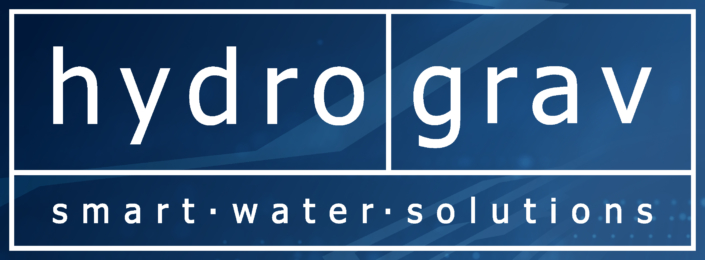HYDROGRAV ADAPT-CONSTRUCTIONS
Moers-Gerdt
„For years we searched for a solution for our problems with the secondary settling tanks at the WWTP Moers-Gerdt. Until we installed the hydrograv adapt inlet structures. Now the discharge is always clear.“ – Guido Hammer, head of the wastewater treatment plant Moers-Gerdt, LINEG
With the height-variable inlet structure hydrograv adapt sludge overflow and flock output from the clarification are consistently avoidable.
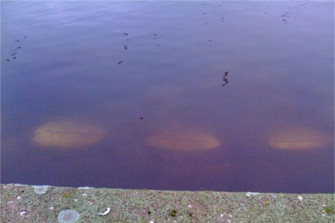
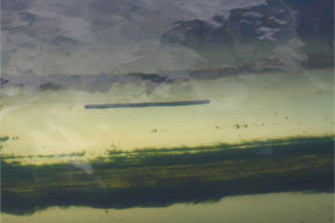 Picture: Look into two secondary settling tanks, on the left with the old fixed inlet structure and on the right with hydrograv adapt inlet structure. Significantly fewer flocks in plain water!
Picture: Look into two secondary settling tanks, on the left with the old fixed inlet structure and on the right with hydrograv adapt inlet structure. Significantly fewer flocks in plain water!
Obviously, the clear discharge not only constitutes an optical advantage because the many reliably settled sludge flocks correspond to particulate COD and contain phosphor, that do not enter the environment that way.
Phosphor enrichment in waters is a pressing environmental problem. This leads to eutrophication and oxygen deficiency. The focus of the discussion is on the minimization of the phosphor load of wastewater treatment plants. Thereby the experts always name the same measures for a reduction: precipitation, biological P elimination and technical filtration. And the secondary settling tanks? Are rarely mentioned in this discussion.
However especially the clarifiers are crucial for the freight of particulate phosphor.
With poorly designed inlet structures downstream sand and flock filters only cure the symptoms of inefficient secondary clarification with significant investment costs and immense energy requirements connected with the corresponding carbon dioxide emissions.
With hydrograv adapt the COD and phosphor discharge values are continuously and reliably minimized.
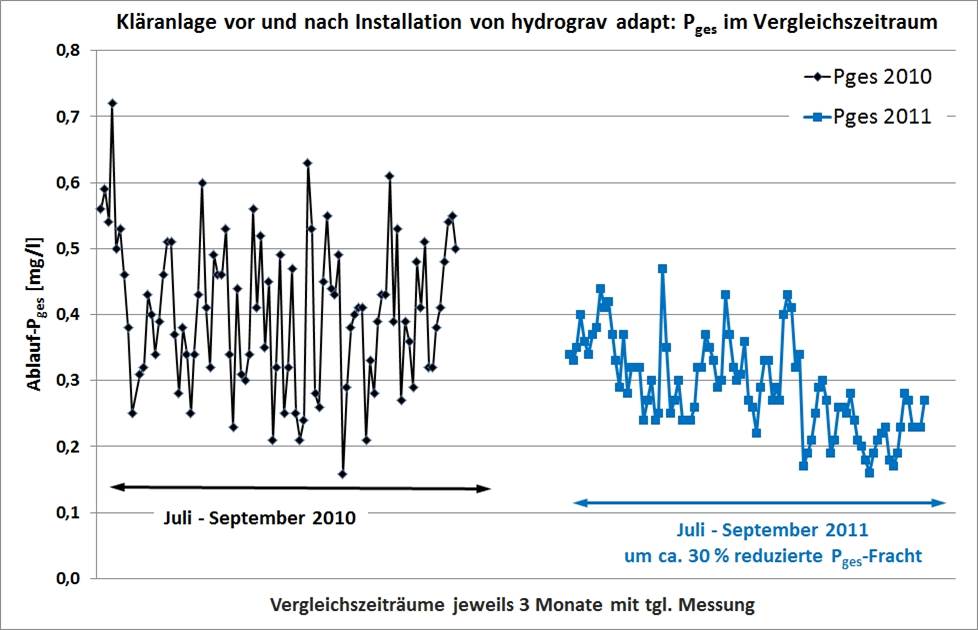 Picture: Ptot discharge values of the wastewater treatment plant Moers-Gerdt, on the left still with the old fixed inlet structures and on the right with hydrograv adapt inlet structures in the secondary settling tanks. Discharge-phosphor is reduced on average and in the tips. Thanks to hydrograv adapt the total phosphor in the discharge of the wastewater treatment plant was lowered to Ptot < 0.5 mg/l.
Picture: Ptot discharge values of the wastewater treatment plant Moers-Gerdt, on the left still with the old fixed inlet structures and on the right with hydrograv adapt inlet structures in the secondary settling tanks. Discharge-phosphor is reduced on average and in the tips. Thanks to hydrograv adapt the total phosphor in the discharge of the wastewater treatment plant was lowered to Ptot < 0.5 mg/l.
„After installing the hydrograv adapt inlet structures at the WWTP Moers-Gerdt we could determine a reduction in freight Ptot of almost 30% and with the CSB of 25%. Thus, we can offset the investment costs with the wastewater levy.“ – Peter Birken, head of wastewater LINEG
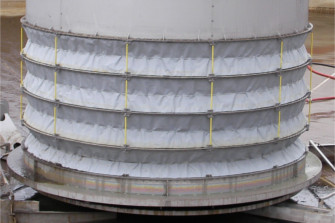
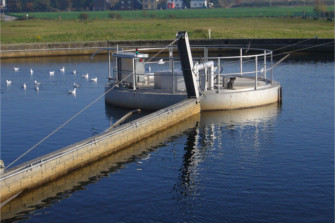 Picture: hydrograv adapt installation on the WWTP Moers-Gerdt. Successful solution for scrapers with underwater drive.
Picture: hydrograv adapt installation on the WWTP Moers-Gerdt. Successful solution for scrapers with underwater drive.
